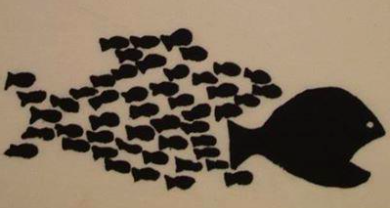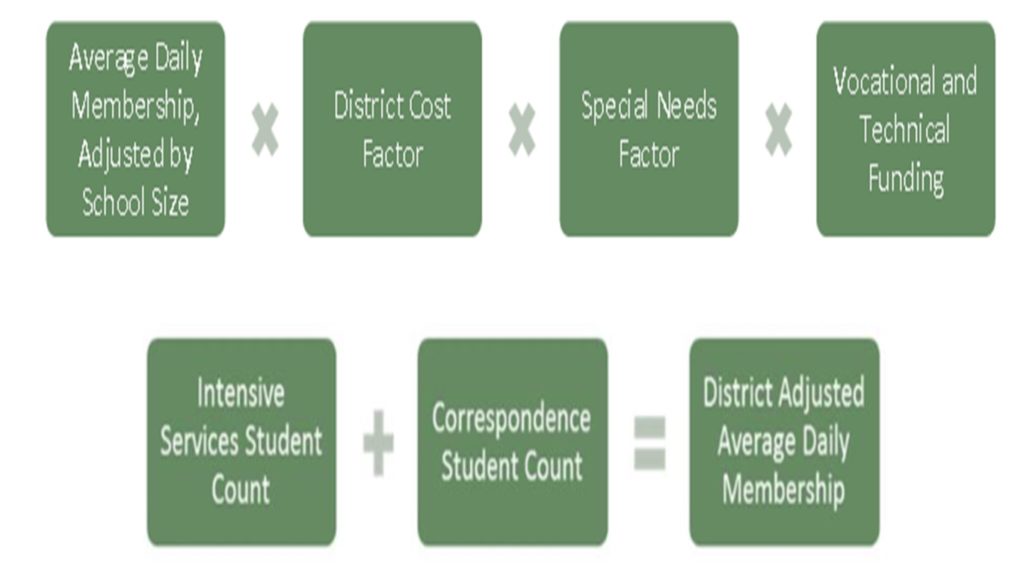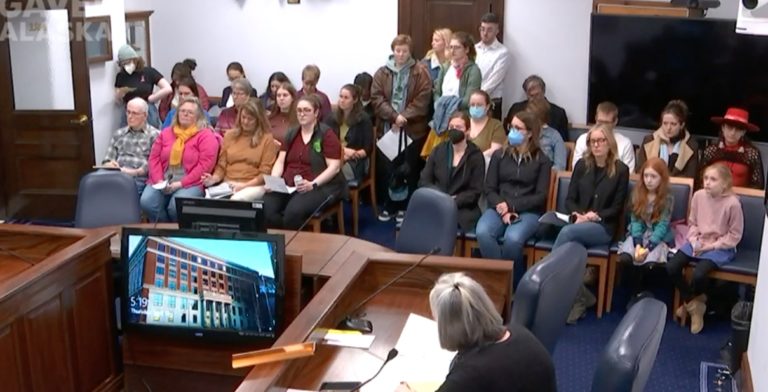By DAVID BOYLE
The battle lines have been drawn in the State Legislature over education funding. On one side is the special interest group, the education industry. On the other side are those who want accountability for results, a return on investment. Both sides tell you their requests are for “the kids”.
The education industry wants to expand K-12 funding with an increase in the base student allocation of $1,000 per student, which would increase K-12 funding by $259 million. The education industry’s mantra is, “The BSA has not been increased since 2017. It has been flat funded.”
This message seems reasonable to many voters. How can we not fund education to keep up with inflation? It is very smart messaging that gets traction when compared to inflation over that same period.
Then there is the other side of the argument that wants results if more money is thrown at the perceived problem. They have proposed an increase of $175 million outside of the funding formula. This would ensure that amount does not go through the formula and be multiplied several times.
What do I mean by that? Isn’t the increase just $1,000 per student?
No, it’s a lot more than that.
One must know how the K12 funding formula works to understand how the $1,000 ends up costing more than $259 million instead of $129 million (129,000 students times $1,000/student).
Where do these “extra” students come from?
The funding formula is a compounding formula that results in many more students than are actually present. It starts with the actual number of students but when these student numbers are put through the funding formula, it results in an adjusted average daily membership of 259,000 students.
The actual number of students of 129,238 becomes 258,568 students adjusted average daily membership. In effect, it appears as if there are more than twice as many students as we have. Once that number is determined, that is the number which is multiplied by the BSA.
What are the factors that cause the number of students to increase? Here they are:
Note that most of these factors are multiplied in the formula so one gets a compounding of the initial student count. They are not added; the results of each are multiplied except for the correspondence student count.
The average daily membership is the number of students (excepting correspondence students) counted during a 20-day period in October. This is basically a snapshot in time of the number of students in the system instead of doing a daily count. California counts students on a daily basis. This could be easily adopted by Alaska and provide more valid results in student attendance.
Once the average daily membership is determined, you then adjust for school size. The “logic” here is that a smaller school costs more than a larger school. In effect, a school district can get more funding if it has two schools instead of one school with the same total number of students. That is why school districts are reluctant to close any schools.
The district cost factor considers the local costs of energy, housing, supplies, etc. for each district. This factor ranges from 1 (Anchorage) to 2.116 for very remote schools.
The special needs factor multiplies the student count by 1.2. This consists of vocational education, special education (except for intensive needs), gifted/talented education, and bilingual/bicultural education. This money is block granted to a district.
But the money is not earmarked for these programs. It can be spent anywhere in the district. And it is hard to justify the gifted/talented program as costing more than a regular student.
Some districts inflate the number of English language learner students so that they get more funding for these students. For example, in the Anchorage School District 58% of the English language learner students speak English as their primary language.
The special needs factor includes vocational education which is a totally separate factor in the funding formula as one can see in the visual above. Thus, vocational education is funded twice in the formula.
The vocational technical factor multiplies the average daily membership by 1.015. It does not require any proof from a district that the money is spent on this. The money is fungible and goes into a district’s general fund bucket. The Department of Education & Early Development should require a report on how this money was spent.
The intensive needs factor multiplies the number of these students by 13. These students are counted on the last day of the 20-day student count period. An intensive needs student costs the State about $78,000 today. Once again, this money is not directed to specific intensive needs students. The money is fungible.
These students should also be counted possibly on a quarterly basis. How many of these students complete the entire school year? But still the worst part—this money may not all go to the intensive needs students.
The final factor adds the number of correspondence students times a 0.90 factor. The rationale is that a correspondence student does not require the infrastructure that a brick-and-mortar student does.
And there is a hold harmless provision that provides additional funds for schools that lose more than 5% of their students in a year. For example, if a school district has 45,000 students in year one and the next year it only has 40,000 students, it still gets 75% of the funding for those 5,000 students it lost. This decreases to 50% and 25% over the next two years, respectively.
The hold harmless provision should be rescinded. It provides more funding than needed and rewards a school district for losing students. It also does not provide an incentive to districts to reduce costs.
Finally, there is a quality schools grant program which gives districts $16 per student. To get this state money, a district only needs to fill out the grant application stating what it will do to improve student achievement.
According to the recent state PEAKS scores, it doesn’t look like any districts have improved student achievement but many of them have gotten these grant monies to do so.
When you hear, “The BSA has been flat funded since 2017,” know that the $1,000 increase in the base student allocation is actually another $259 million with no accountability strings attached. And the number of students for the BSA is really twice the number of students that exist.
The formula needs to be redone to rid it of so many of these loopholes.
The Department of Education and Early Development should require auditing, reporting and accountability measures to ensure that the Quality Schools Grants result in improved student achievement.
There must be metrics the school is required to produce to show how effective our taxpayer monies have been to educate our kids. Today there is no accountability for this spending nor are there incentives for improved performance. The goal appears to be just give more money with no strings attached.
Our children are precious to us. They deserve an education that gives them the tools to be successful in life. As the legislators argue over how much money to give a failing system, perhaps they could instead focus on how to increase our children’s reading and math scores. That’s what Alaska’s kids need to be competitive in today’s world.
Here is a link to increase the K12 funding (one-time) by $175 million.
Here is a link to the bill that would increase the BSA by $1,000.
David Boyle is Must Read Alaska’s education writer.









